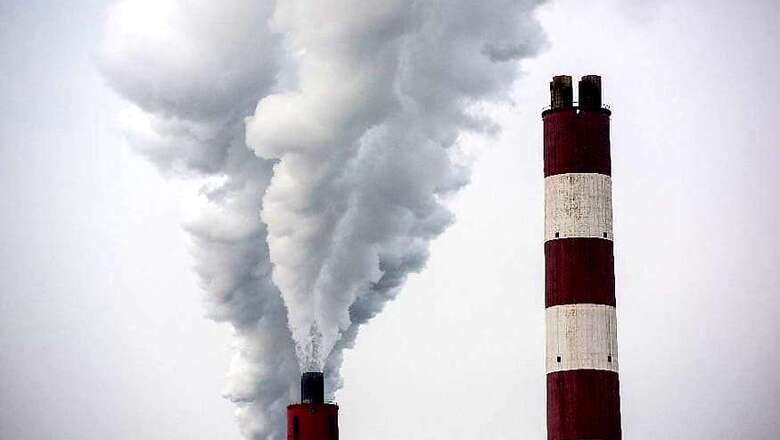
views
Two researchers from the Stanford University on Friday warned against betting the future of the planet on a massive-scale deployment of carbon removal technologies.
"For any temperature limit, we've got a finite budget of how much heat-trapping gases we can put into the atmosphere. Relying on deployments of carbon removal technologies is like eating lots of dessert today, with great hopes for liposuction tomorrow," Xinhua news agency quoted Chris Field, a professor of biology and Earth system science and director of the Stanford Woods Institute for the Environment, as saying.
Field and Katharine Mach, senior research scientists at the Stanford's School of Earth, Energy and Environmental Sciences, wrote in journal Science about the potential solution being widely discussed for removing carbon dioxide from the atmosphere, also known as "negative emissions".
With the current pace of renewable energy deployment and emissions reductions efforts, the world is unlikely to achieve the Paris Climate Agreement's goal of limiting global warming to two degrees Celsius above pre-industrial levels.
This trend puts in doubt efforts to keep climate change damages from sea level rise, heat waves, drought and flooding in check.Also read: Tips & Tricks: How to Monitor Your Facebook News Feed For Relevant Content
While some strategies for carbon dioxide removal are well understood, such as planting trees that will store carbon from the atmosphere, others involve immature, little-tested technologies, such as bioenergy with carbon capture and storage.
In that strategy, carbon dioxide produced from biomass energy is stored deep underground. In another technology called direct air capture, chemical processes extract carbon dioxide from the atmosphere.
"The models generating possible trajectories of climate change mitigation bet on planetary-scale carbon removal in the second half of the century," Mach said. "For policymakers trying to limit the worst damages from climate change, that bet is reckless."
Arguing that there are important near-term opportunities for carbon removal at modest scale, often with other benefits for nature and people, and critical needs now for developing the technologies of the future, the researchers said heavy reliance on biomass energy with carbon capture and storage could require tremendous land areas.
The researchers support a balanced approach that includes research and development of carbon removal technologies but also makes use of available means to limit and reduce carbon emissions, such as investing in renewable energy sources.Also read: Zomato Hack: 5 Important Cybersecurity Lessons to Learn
















Comments
0 comment